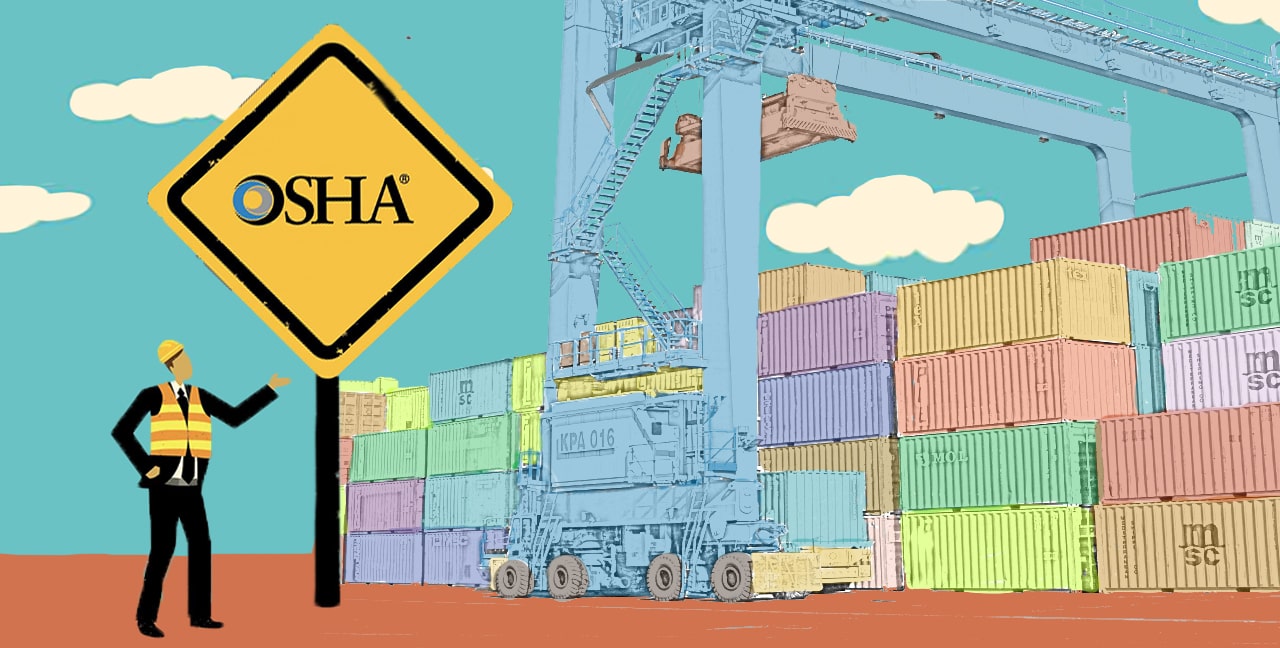
As explained in our two earlier chapters, in this series we are focusing on some of the recommendations issued by the Occupational Safety and Health Administration (OSHA) of the United States Department of Labor, a referent for those of us who work to improve safety in industries and to reduce workplace accidents.
Today, we’ll be discussing OSHA’s Safety Practices Once Tractor Trailers arrive at their destination – Indications that are well worth taking into account when manoeuvring any type of cargo vehicle – be it truck, trailer or forklift – whenever these are in operation in our industries such as in the cases of loading docks or storage areas.
The following tips apply to three different movements:
- When parking
a) Park on level ground and close to the receiving door or site
b) Set and test brakes
c) Place wheel chocks between the tandem wheels of the trailer
d) Do not attempt to stop a rolling vehicle. - When Backing up
a) Get out and look
b) Use flashers, horn, and backup alarms
c) Check both side mirrors
d) Roll down windows to hear
e) Know your vehicle’s blind spots
f) Use a spotter
g) Back up slowly - When coupling and uncoupling
a) Only trained workers should perform this procedure
b) Ensure stable footing when releasing the fifth wheel or adjusting tandems
c) Wear bright visible clothing
d) Set parking brakes and perform tug test
e) Keep clear of tires and frames
f) Check for vehicular traffic near you
All these suggestions added to our prior knowledge will undoubtedly be extremely helpful in improving occupational safety in our industries and preventing workplace accidents.
Do you have any questions about this system?
Do you need Claitec’s advice on any other matter?
Please, don’t hesitate to contact us, we are here to help!
Second instalment on OSHA coming soon!

